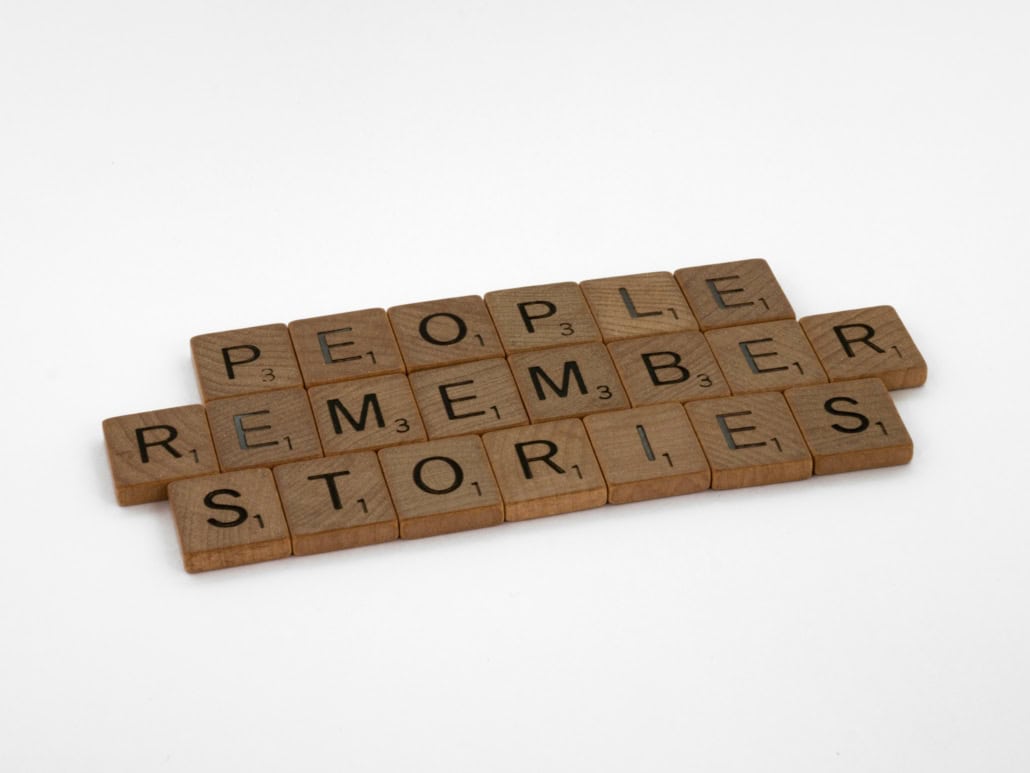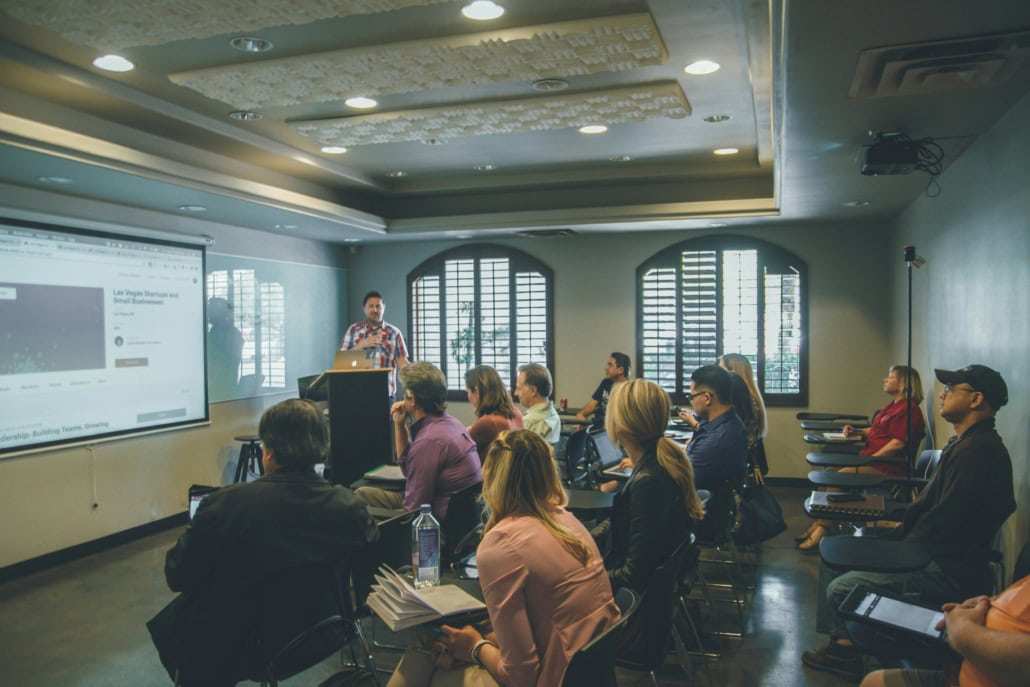Let’s Work Through One Set of Complexities First
One of the benefits of playing a variety of roles in the field of family enterprise advising is that I become involved in all sorts of situations where family wealth transitions are discussed.
It comes as no surprise that the level of knowledge and understanding around ways to make such transitions go well varies greatly.
Having exposure to seasoned experts as well as those just discovering this field has given me some wonderful perspectives, many of which I then go on to share here.
Such is the case with this week’s subject, which I’ve heard raised by newcomers, likely because they’re working from more of a theoretical base than a practical one.
Allow me to explain and hopefully dispel some myths along the way.
“While We’re at It, Let’s Work on the Next One”
I’ll spare you the details of the backstories here, but I’ll share the generalities.
I sometimes discuss situations where families are at the beginning stages of planning how they’ll transition their business or wealth from one generation to the next.
These transitions can take a long time and lots of planning, which is typically supported by a wide variety of professional advisors along the way.
Every once in a while, one well-meaning advisor will get out ahead of themselves, and wonder if, while they’re at it, they should also put plans into place for the next generational transition too.
To clarify, I’m talking about planning for a transition from grandparents to parents, (G1 to G2) which is already complex, and where someone then suggests that while we’re at it, let’s plan for the next one, G2 to G3.
Please stop. Please resist the temptation to go too far.
The Tax Tail Wagging the Dog
Of course I’m aware that many of the professionals who work with families on such transitions are very much enamored with the concept of maximizing tax savings for their clients, and I like to pay less to the government than more, wherever possible.
But, and it’s a big but, decisions made based on minimizing taxes need to be made with a full understanding of all of their side effects, not based on the assumption that all of the other things will magically just take care of themselves.
When I refer to “all of the other things”, regular readers will recognize that my focus here is on the family relationships and the human side of such wealth transitions.
If G1 owns and controls the wealth today, and G2 is expected to own and control it in another decade or two (or three), that’s already a very long term plan, which hopefully has some flexibility built into it.
When those who are in control today attempt to look farther out into the future, well past their own expiry dates, my view is that you’re asking for trouble.
Getting to Assume the Leadership Roles
Those who are expected to assume family leadership roles after the next transition may begin to think about what that will be like and make plans for how they’ll handle these roles well in advance, and that’s a good thing.
But until they get there and actually live with that reality and walk a mile in those shoes, it isn’t realistic to expect them to do a great deal of planning around how they’ll handle the transition to their succeeding generation.
And when too much tightly structured planning has already occurred before they get to assume control themselves, putting them in a box as to what they’re able to do when the time comes to transition to their offspring, the resentment they’ll feel towards their predecessors may be enormous.
One generational transition at a time, please, as I stated in my title.
Paved with the Greatest of Intentions
In almost every case, those who create highly structured plans do so with the best intentions.
They want the wealth that they created to last for generations, and so they go to great lengths to try to make sure that nothing bad can occur to get in the way of that happening.
Subsequent generations of their family will therefore inherit a great deal of wealth, but of course that wealth brings with it a number of structures and restrictions too.
Unfortunately, professionals who advise these wealthy clients can sometimes become more a part of the problem than part of the solution.




















